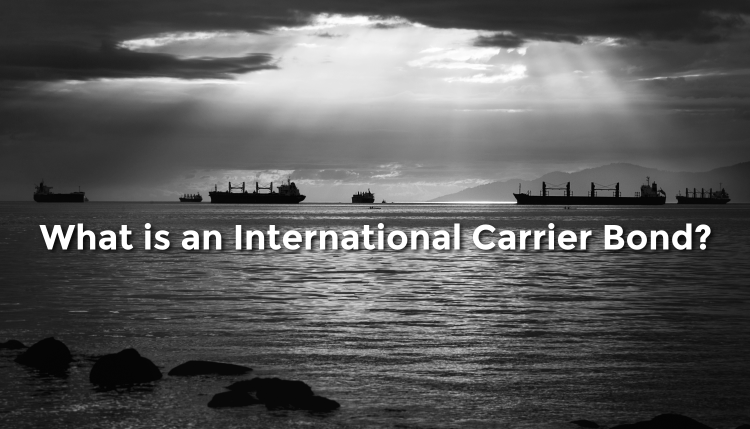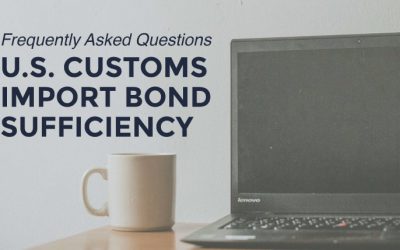The International Carrier Bond is a bond that applies to certain demographics. This bond is required to be on file for any business that operates vessels that travel by sea, air, or rail into the U.S. from a foreign destination.
As you know, there are several different types of bonds issued by Customs, and each one is designed for a business’s specific needs. Learn more about the International Carrier Bond in this post and decide if having it is necessary for you.
The Basics of an International Carrier Bond
This bond establishes an agreement that any vessel, vehicle, or aircraft; master, owner, or person in charge of a vehicle or aircraft; slot charterer; or any NVOCC(Non-vessel) will agree to follow the rules and regulations set forth by Customs and will pay any accrued penalties, duties, taxes, and other charges. International Carrier Bonds can be either Single Entry or Continuous, and the minimum size of this bond is $25,000.
How International Carrier Bonds Work
The principal agrees to comply with all laws and Customs regulations in regards to unlading, safekeeping, and disposition of merchandise, supplies, and crew purchases. Also, the business is required to redeliver goods upon request and pay any passenger processing fees no later than 31 days after the close of the calendar quarter in which they were collected. America can’t be held responsible for any risk, loss, or expense arising out of entry or clearance of a carrier, and this includes the handling of the goods.
The Specifics of International Carrier Bonds
In addition to these stipulations the principal must also follow strict regulations regarding ship manifests and other pertinent information. Among the required data that must be reported is cargo information, ISF, vessel stow plans, container status messages, and outward manifests. All of these items must be filed in a timely manner, otherwise, hefty liquidated damage fines will be issued. Also, businesses will not allow seized or detained goods to be placed on board a vessel, vehicle, or aircraft to be exported or disposed of without the consent of Customs. However, if it does happen the business has 30 days to get the goods back to Customs.
After reading this, you now have a basic understanding of how this type of bond works. Consider your own practices and use what you learned in this post to evaluate your own needs and requirements.





![[Webinar] How Could Changes to De Minimis Impact Your Company?](https://traderiskguaranty.com/trgpeak/wp-content/uploads/2025/05/trg-how-de-minimis-impacts-customs-bond-webinar-400x250.png)

![[Webinar] United States Reciprocal Tariffs – The What, Why, and How](https://traderiskguaranty.com/trgpeak/wp-content/uploads/2025/04/trg-webinar-reciprocal-tariffs-400x250.png)